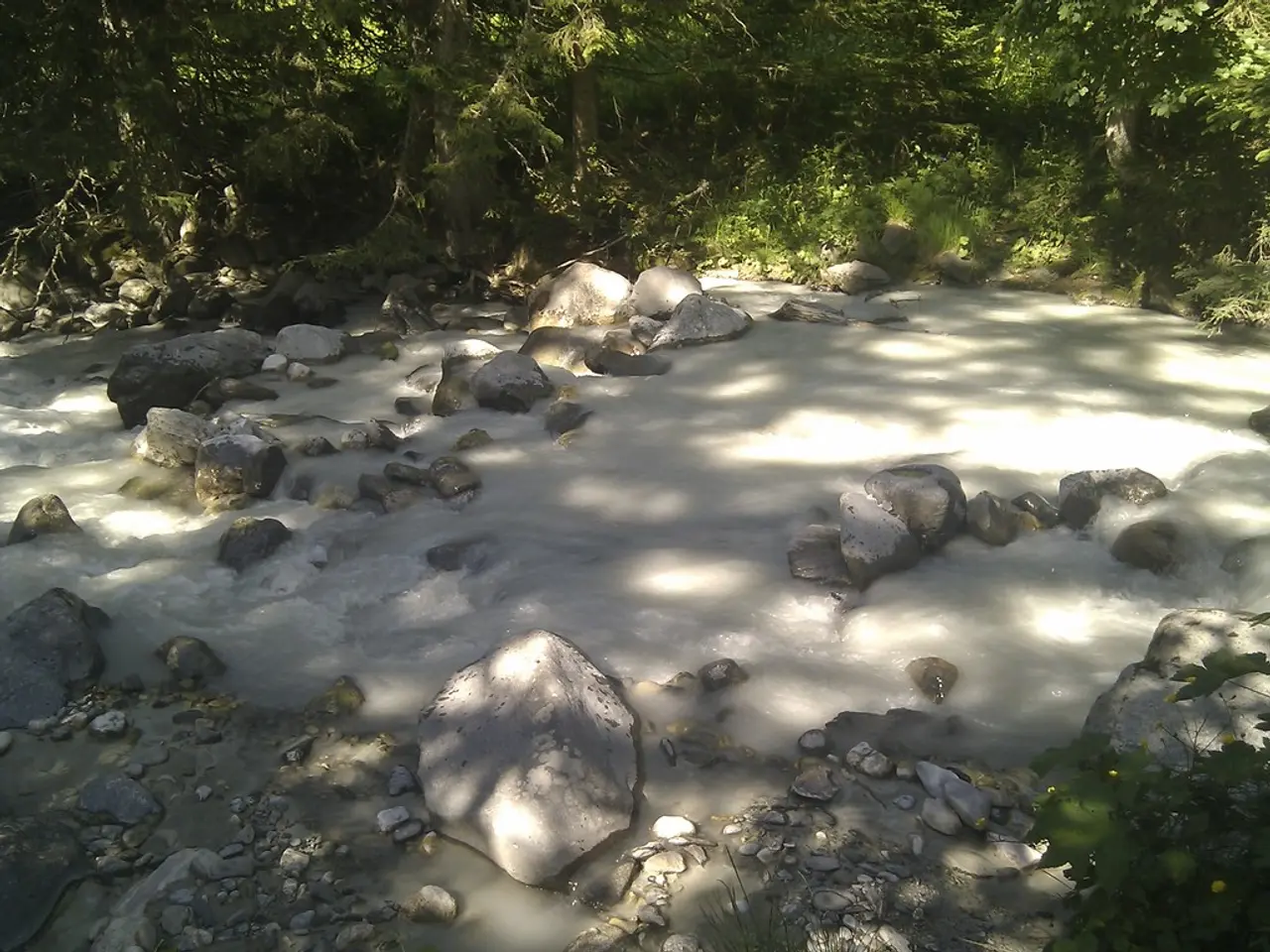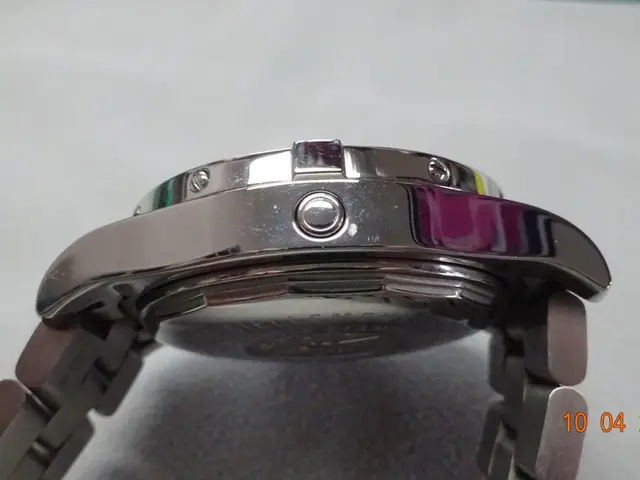Cultivating Succulents: The Role of Rocks, Dirt, and Innovative Garden Architecture
In the world of gardening, succulent gardens have gained immense popularity due to their low-maintenance nature and visually appealing aesthetics. Here's a guide to help you create your own succulent garden.
Firstly, it's essential to prepare the designated area. Clear away any weeds before placing rocks to prevent water from pooling, which could potentially harm your succulents.
The containers for your succulent garden should have drainage holes to prevent the perfect environment for bacteria, causing rot. Porous rocks like pumice, shale, lava rocks, or volcanic rock are ideal for succulent gardens as they allow for good drainage and airflow.
Suitable stones for a succulent garden include light-colored gravel or pebbles, smooth decorative stones in natural tones, larger flat stones or boulders for visual accents, and natural stones that provide good drainage and a modern, minimalist aesthetic. Moss can be added to rocks to give them a more natural, aged look.
The soil for a succulent garden should be well-draining, sandy, and porous, allowing airflow and draining well. Sandy soil, similar to desert terrains, is recommended for cacti and succulents as it drains well. When choosing soil, avoid using pre-bagged potting soil with added fertiliser as it may not have the right nutritional balance for succulents and often contains too much organic material, which can interfere with drainage. Instead, opt for plain topsoil or a specialized succulent mix from a reputable nursery.
Top dressings are decorative rocks placed on top of the soil in a succulent garden, helping to keep the soil in place while watering and enhancing the colours in the succulents. They can complement the colours of your succulents and help pull all elements together. However, non-porous rocks like pea gravel, river rocks, fish rocks, glass marbles, and sand are not suitable for succulent gardens as they can trap moisture and encourage the growth of fungi and bacteria.
When creating rock perimeters, use heftier rocks (at least 8 inches in diameter) for aesthetic and practical purposes. Interestingly shaped and colored rocks can add visual appeal to your garden.
Decaying plants can provide a natural nutrient boost for the soil. Creeping groundcover plants like sedum will grow over the rocks over time, creating a natural effect. Succulents can be planted in rocks and soil for a visually appealing rock garden.
Lastly, remember that succulents can thrive in a carefully designed environment that promotes good drainage, airflow, and a balanced nutritional profile. With the right preparation and materials, you can create a stunning succulent garden that will be the envy of your neighbours!







